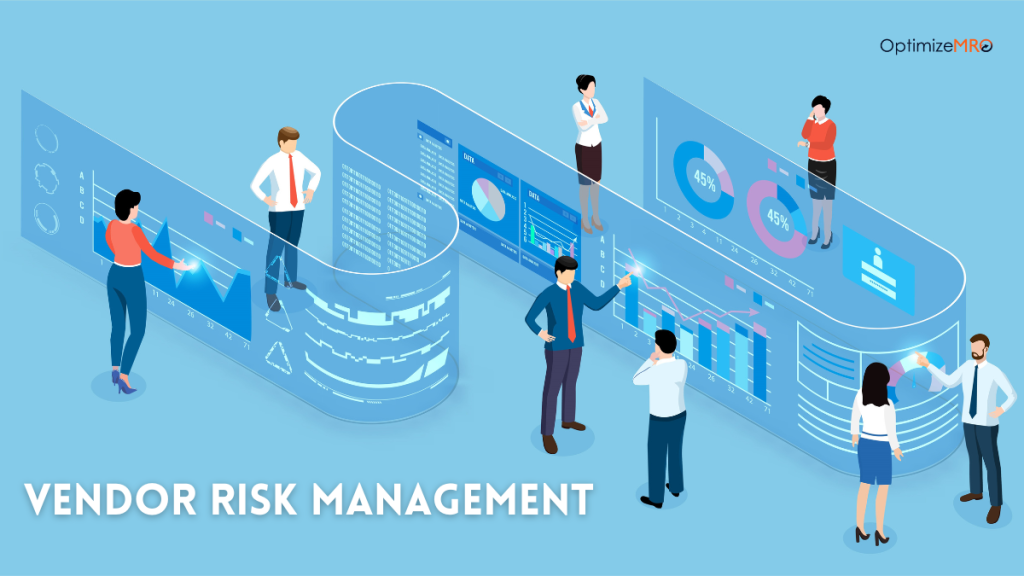
Due to organizations’ expanding use of vendors and their growing role, vendor risk management is becoming increasingly relevant. Vendor Risk Management is growing as a business discipline and is driven by the desire to improve vendor contracts and performance as well as mitigate vendor risks.
A number of factors are contributing to the increased attention towards vendor risk management, including the growth of digital commerce, the development of cloud services, and increased regulatory governance. Vendor relationships are not all the same. In order to truly use a risk-based approach, businesses must first categorise their vendors according to pre-established standards, and then decide on the level of continuous due diligence and oversight that is necessary given the allocated level of risk.
Top five risk relating to vendor management
The dependence on vendors to fund your own revenue-generating activities represents the other financial risk. Examples include, among others, fulfilment facilities, outsourced service providers, and fundraising organisations. It might also include vendors whose products you use to manage financial transactions. Problems with these vendors could delay payments or, in the most extreme cases, result in significant losses for your company. It’s crucial to recognise and categorise these types of suppliers in order to create the most effective due diligence and monitoring procedures. You should also incorporate this information into your operational risk planning to address contingencies.
The goal of effective vendor management is to thoroughly evaluate risk so that you can segregate and manage your most crucial supplier base.
Talk to one of our supply chain optimization specialists today!
